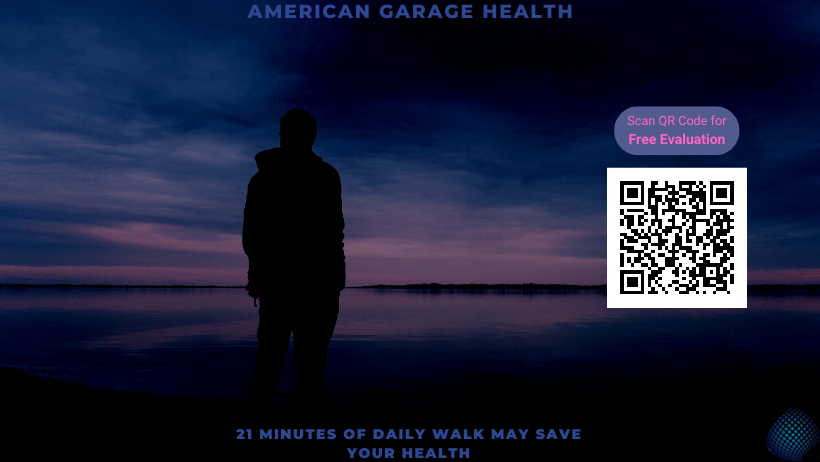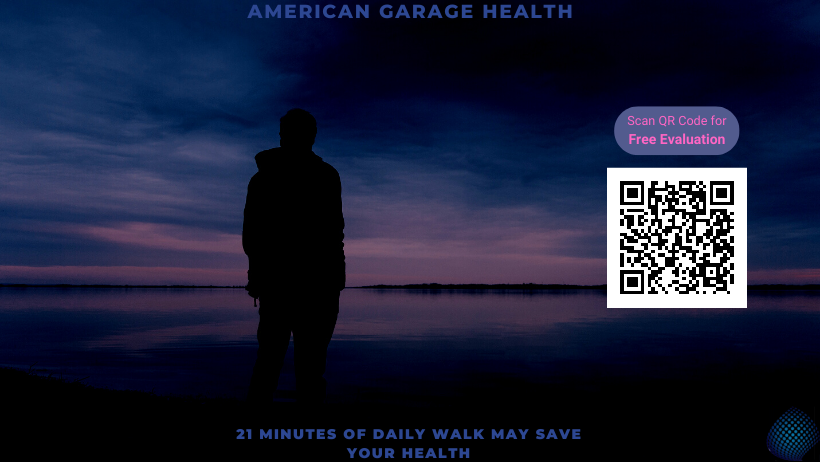Seeking support from mental health professionals and engaging in appropriate treatments can be crucial for managing and overcoming PTSD.

Post-Traumatic Stress Disorder (PTSD) is a mental health condition that can develop in individuals who have experienced or witnessed a traumatic event. Characterized by a range of symptoms such as intrusive memories, flashbacks, nightmares, and heightened emotional reactivity, PTSD often disrupts a person’s daily life and functioning.
The condition can arise from various traumatic experiences, including but not limited to, combat exposure, physical or sexual assault, accidents, or natural disasters. Individuals with PTSD may also exhibit avoidance behaviours, negative changes in mood and cognition, and heightened arousal, impacting their overall well-being and quality of life.
Treatment approaches typically involve psychotherapy, medication, or a combination of both to help individuals manage and cope with the effects of the traumatic experience.
Causes
Post-Traumatic Stress Disorder (PTSD) can be caused by exposure to a traumatic event or series of events that pose a threat of death, serious injury, or sexual violence.
Common causes of PTSD include:
- Combat Exposure: Military personnel who have experienced combat situations or war may develop PTSD.
- Physical or Sexual Assault: Survivors of physical or sexual assault, including rape, may develop PTSD.
- Natural Disasters: Individuals who have experienced or witnessed natural disasters, such as earthquakes, hurricanes, or floods, may develop PTSD.
- Accidents: Serious accidents, such as car crashes or industrial accidents, can lead to PTSD in those directly involved or witnesses.
- Childhood Trauma: Physical, emotional, or sexual abuse during childhood can contribute to the development of PTSD later in life.
- Medical Trauma: Serious illnesses, surgeries, or medical procedures that are traumatic can trigger PTSD.
- Witnessing Violence: Individuals who witness violence, either as bystanders or as victims, may develop PTSD.
- Terrorist Attacks: Survivors of terrorist attacks or those who have witnessed such events may be at risk of developing PTSD.
- Serious Injuries: Experiencing or witnessing severe injuries, either personally or in others, can be a traumatic event leading to PTSD.
- Loss of a Loved One: Sudden and unexpected loss, especially due to violence or accidents, can contribute to the development of PTSD.
Individual factors, such as a person’s resilience, coping mechanisms, and pre-existing mental health conditions, can influence the likelihood of developing PTSD after exposure to a traumatic event.
Symptoms
Post-Traumatic Stress Disorder (PTSD) is characterized by a range of symptoms that can persist for months or even years after exposure to a traumatic event.
The symptoms are generally grouped into four main categories:
- Intrusive Thoughts:
- Flashbacks: Vivid, distressing memories or re-experiencing the traumatic event as if it’s happening again.
- Disturbing Dreams: Recurrent nightmares related to the traumatic event.
- Avoidance:
- Avoidance of Triggers: Steering clear of people, places, activities, or situations that remind the individual of the traumatic experience.
- Emotional Numbing: Feeling detached or emotionally numb, avoiding emotions or relationships.
- Negative Changes in Mood and Cognition:
- Negative Thoughts: Persistent and distorted negative beliefs about oneself, others, or the world.
- Blaming oneself for the trauma.
- Memory Problems: Difficulty remembering aspects of the traumatic event.
- Loss of Interest: Lack of interest in activities once enjoyed.
- Arousal and Reactivity:
- Hypervigilance: Being on high alert, easily startled, or having an exaggerated startle response.
- Irritability: Difficulty controlling anger, frequent irritability, or outbursts.
- Sleep Disturbances: Insomnia or disturbed sleep patterns.
- Concentration Issues: Difficulty focusing or concentrating.
These symptoms can significantly impair a person’s daily functioning, relationships, and overall quality of life. It’s important to note that symptoms can vary in intensity and may not manifest immediately after the traumatic event; they can develop months or even years later
Treatment
The treatment for Post-Traumatic Stress Disorder (PTSD) typically involves a combination of psychotherapy, medication, and support. The choice of treatment depends on the individual’s specific symptoms, preferences, and the severity of the condition.
Here are common approaches to treating PTSD:
- Psychotherapy (Counseling):
- Cognitive-Behavioral Therapy (CBT): This is a widely used and effective form of psychotherapy for PTSD. CBT helps individuals identify and change negative thought patterns and behaviors related to the traumatic event. Exposure therapy, a specific type of CBT, involves gradually facing and processing traumatic memories.
- Eye Movement Desensitization and Reprocessing (EMDR): EMDR involves guided eye movements while recalling traumatic memories. This therapy aims to help individuals process traumatic experiences and reduce distress associated with those memories.
- Group Therapy: Participating in group therapy sessions with others who have experienced similar traumas can provide a supportive environment and a sense of shared understanding.
- Family Therapy: Involving family members in therapy can help improve communication, understanding, and support for the individual with PTSD.
- Medication:
- Antidepressants: Selective serotonin reuptake inhibitors (SSRIs) and serotonin-norepinephrine reuptake inhibitors (SNRIs) are commonly prescribed to help manage symptoms such as depression, anxiety, and intrusive thoughts.
- Anti-Anxiety Medications: Benzodiazepines may be used on a short-term basis to manage severe anxiety, but they are generally avoided for long-term use due to the risk of dependence.
- Prazosin: This medication is sometimes prescribed to help alleviate nightmares and improve sleep in individuals with PTSD.
- Supportive Interventions:
- Peer Support: Connecting with others who have experienced similar traumas through support groups or peer networks can be beneficial.
- Education: Learning about PTSD and understanding its effects can empower individuals and their families in coping with the condition.
- Lifestyle Changes:
- Regular Exercise: Physical activity has been shown to have positive effects on mental health and can be a helpful component of PTSD treatment.
- Healthy Lifestyle: A balanced diet, adequate sleep, and stress management techniques can contribute to overall well-being.
Treatment is often tailored to address the unique aspects of each person’s experience and symptoms.
Conclusion
In conclusion, supporting individuals with Post-Traumatic Stress Disorder (PTSD) requires a compassionate and informed approach. By educating ourselves about the condition, actively listening, and respecting the individual’s boundaries, we can create a supportive environment.
Patience is key, recognizing that recovery is a gradual process. Encouraging professional help, assisting with daily tasks, and staying connected contribute to a holistic support system.
Ultimately, acknowledging the challenges, offering empathy, and promoting self-care can make a significant difference in helping individuals navigate the complexities of PTSD and work towards healing.
